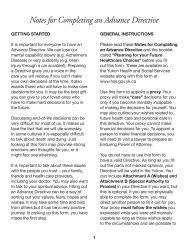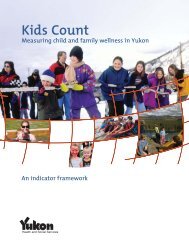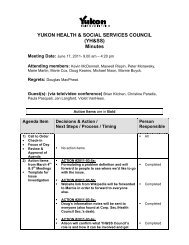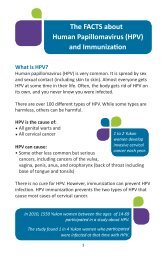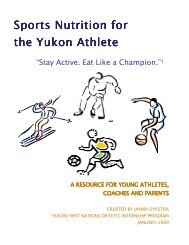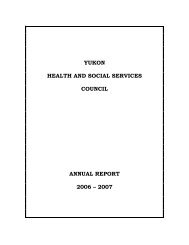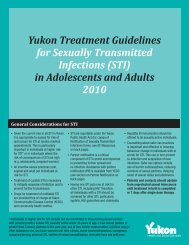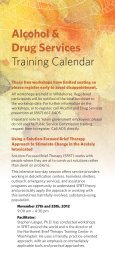Principles of Immunology - Health and Social Services
Principles of Immunology - Health and Social Services
Principles of Immunology - Health and Social Services
Create successful ePaper yourself
Turn your PDF publications into a flip-book with our unique Google optimized e-Paper software.
Community Nursing<br />
Yukon Immunization Program<br />
Section 14 - <strong>Principles</strong> <strong>of</strong> <strong>Immunology</strong><br />
2011 March<br />
Page 12<br />
2.0 IMMUNIZING AGENTS<br />
Immunizing agents are classified as passive or active.<br />
2.1 PASSIVE IMMUNIZING AGENTS<br />
The prevention <strong>of</strong> illness through the transfer <strong>of</strong> pre-formed IgG antibodies is called<br />
immunoprophylaxis.<br />
While the protection is immediate, it is temporary <strong>and</strong> it can only be <strong>of</strong>fered if the<br />
exposure is recognized.<br />
Protection is also time-sensitive. Post-exposure immunoprophylaxis must be initiated<br />
within a short time frame, usually within days <strong>of</strong> exposure to the infection.<br />
Passive agents may not be completely free <strong>of</strong> blood borne pathogens despite all current<br />
safeguards <strong>and</strong> technology in place.<br />
Types <strong>of</strong> Passive Immunizing Agents:<br />
St<strong>and</strong>ard immune globulin – pooled antibody from thous<strong>and</strong>s <strong>of</strong> donors. It is now<br />
primarily used for post-exposure prophylaxis against measles.<br />
Hyperimmune globulins – made from donated plasma <strong>of</strong> persons with high levels<br />
<strong>of</strong> a specific IG (e.g., Hepatitis B Immune Globulin).<br />
Hyperimmune serum – produced in animals (e.g., botulinum <strong>and</strong> diphtheria<br />
antitoxins).



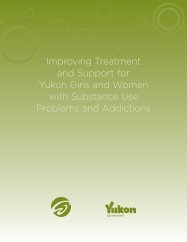
![Women and Alcohol: A women's health resource [2326.26 KB ]](https://img.yumpu.com/22340649/1/190x245/women-and-alcohol-a-womens-health-resource-232626-kb-.jpg?quality=85)
